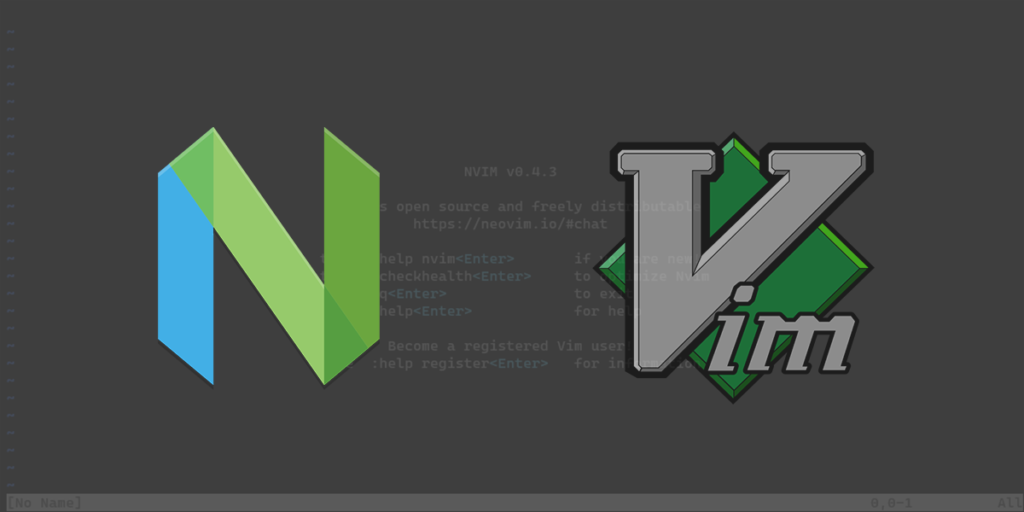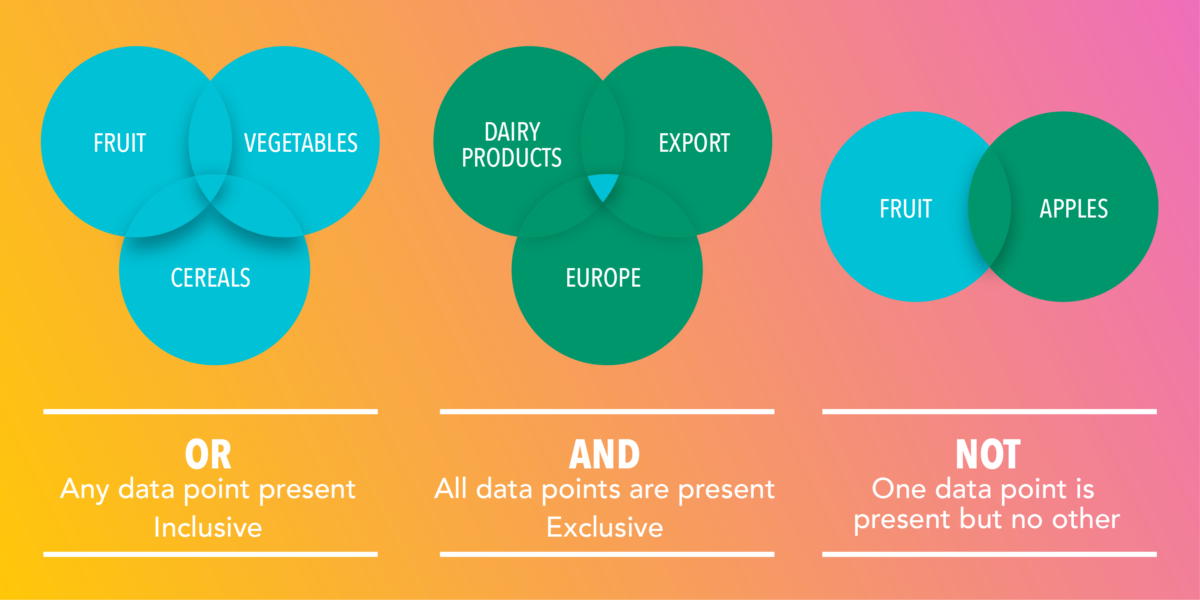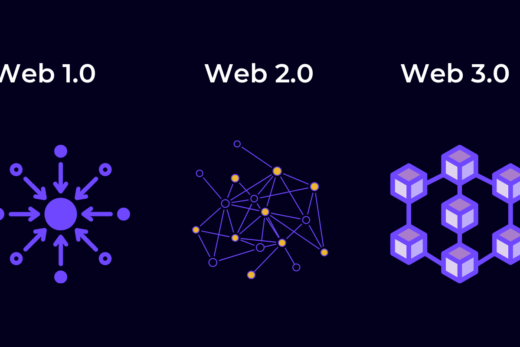
Vim and NeoVim are both powerful and popular text editors that are widely used in the software development community. Both editors are based on the original Vi editor, which was developed in the 1970s and is still widely used today.
Vim is a free and open-source text editor that is known for its extensive customizability and flexibility. It is a command-line based editor, which means that it is operated entirely through keyboard commands rather than a graphical user interface. Vim has a steep learning curve, but once users become proficient in its usage, it is an incredibly efficient and productive text editor.
NeoVim is a fork of Vim that was created in 2014 to improve upon some of Vim’s limitations and to modernize its codebase. It has many of the same features as Vim, but with some additional functionality and improvements. One notable difference is that NeoVim has a built-in terminal emulator, which allows users to run terminal commands directly within the editor.
Both Vim and NeoVim have their strengths and weaknesses. Some of the benefits of using either editor include:
- High customizability and configurability
- Lightweight and fast performance
- Support for a wide range of programming languages and file formats
- Integration with various plugins and tools
However, some of the drawbacks of using Vim or NeoVim include:
- Steep learning curve and difficulty for new users to get started
- Lack of a graphical user interface may not be suitable for all users
- Limited usability on touchscreens and mobile devices
Overall, both Vim and NeoVim are excellent text editors that offer a lot of benefits to users who are willing to invest the time to learn their functionality. The choice between the two will depend on individual preferences and needs. However, Vim has a larger community and more extensive documentation, making it a more established and accessible choice for most users.
References:
- Vim website: https://www.vim.org/
- NeoVim website: https://neovim.io/
- “Learning the vi and Vim Editors” by Arnold Robbins, Elbert Hannah, and Linda Lamb (O’Reilly Media, 2008)
- “Practical Vim: Edit Text at the Speed of Thought” by Drew Neil (Pragmatic Bookshelf, 2012)
- “Modern Vim: Craft Your Development Environment with Vim 8 and Neovim” by Drew Neil (Pragmatic Bookshelf, 2018)
- “Mastering Vim: A Practical Guide to Vim for Beginners and Experts” by Ruslan Osipov (Packt Publishing, 2018)
- “Neovim: Build Your Own Text Editor” by Jack Franklin (Packt Publishing, 2018)









